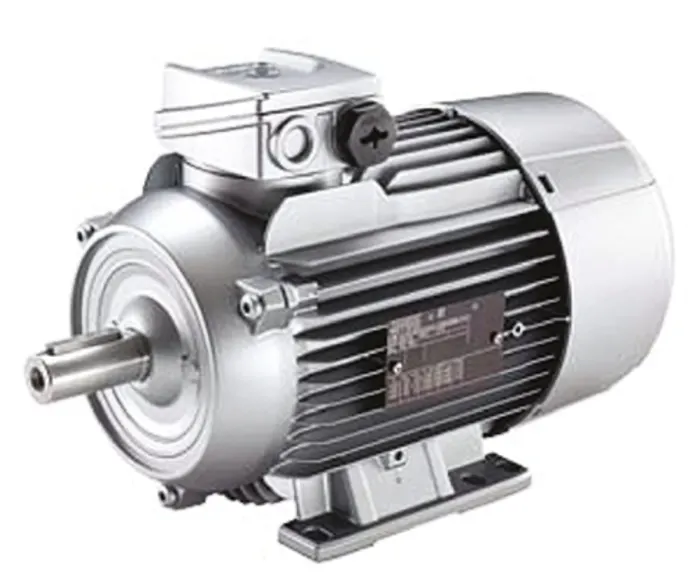Factors in Electrical Motor Selection
The rating of an electric motor should be higher than that of its driven equipment by a suitable margin. The selection of this margin is often made by the manufacturer of the driven equipment, unless advised otherwise. The actual choice depends on various factors such as
- Function of the driven equipment - pump, compressor, fan, crane, conveyor, etc.
- Expected operating level the driven equipment - frequent near to maximum performance, short-term overloading permitted, etc.
- Operating characteristic of the machine - pressure head versus liquid flow rate in a pump.
- Change in energy conversion efficiency of the equipment over its working range.
- Speed requirement of driven equipment.
- Equipment is driven by a variable speed motor.
- Harmonic currents requirement.
- Nearest standard kW rating available.
- Ambient temperature.
Rule-of-Thumb
Some rule-of-thumb methods are often stated in the purchasing specifications of the motor–machine unit, see for example table below, which applies to low voltage three-phase induction motors.
| Approximate Rating of the motor or driven equipment (kW) | Margin of the motor rating above equipment rating (%) |
|---|---|
| Up to 15 | 125 |
| 15 to 55 | 115 |
| Above 55 | 110 |
Where the driven machine is a centrifugal type i.e. pump or compressor, the shaft power may be taken as that which occurs at the ‘end of curve’ operating point. This rule-of-thumb point is defined as being 125% of the power required at the maximum operating efficiency point on the designed curve of pressure (head) versus fluid flow rate, at the rated shaft speed. These rule-of-thumb methods can be used to check the declared performance and ratings from a machine manufacturer.
Reference
Handbook of Electrical Engineering: For Practitioners in the Oil, Gas and Petrochemical Industry. Alan L. Sheldrake
© 2003 John Wiley & Sons, Ltd ISBN: 0-471-49631-6
